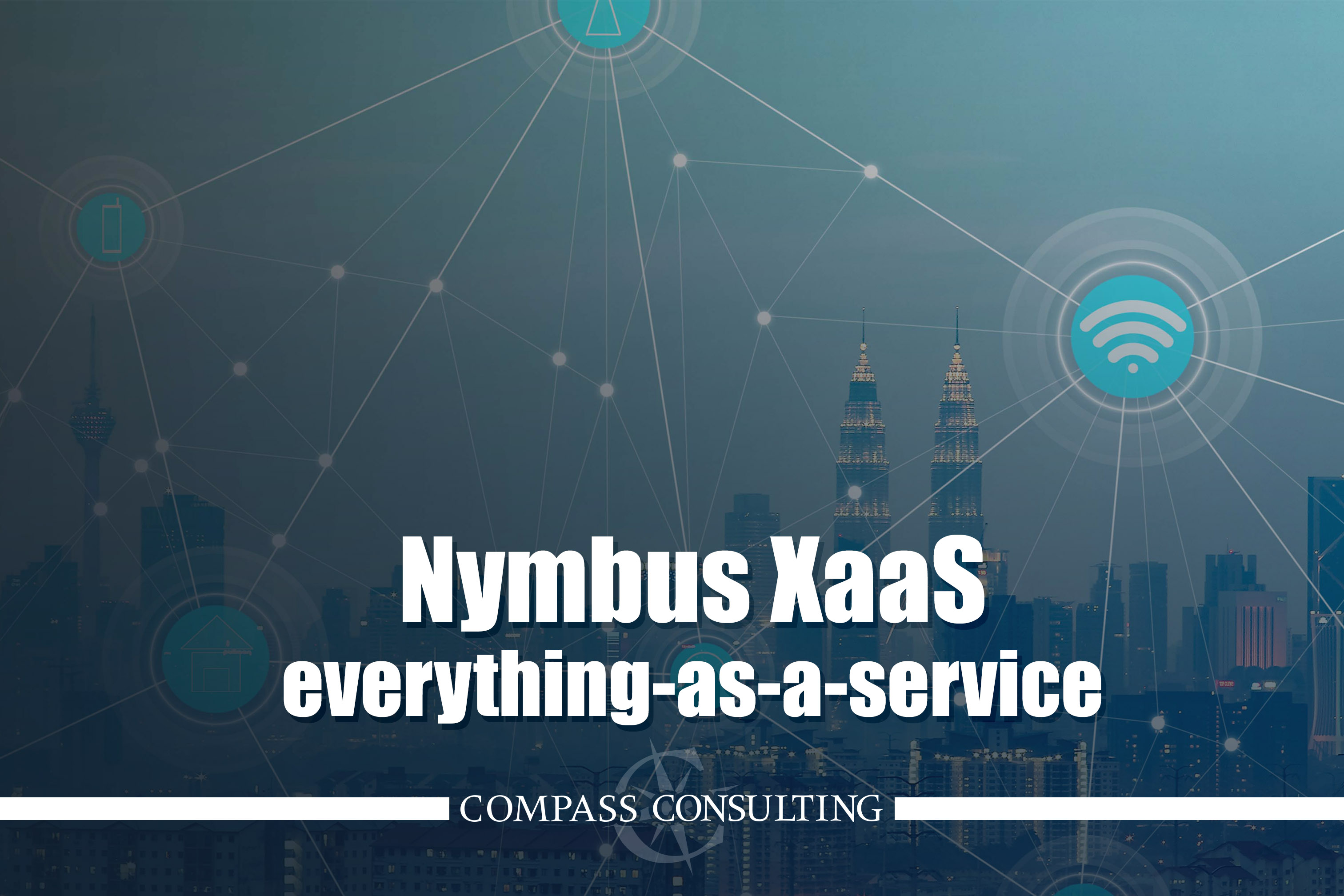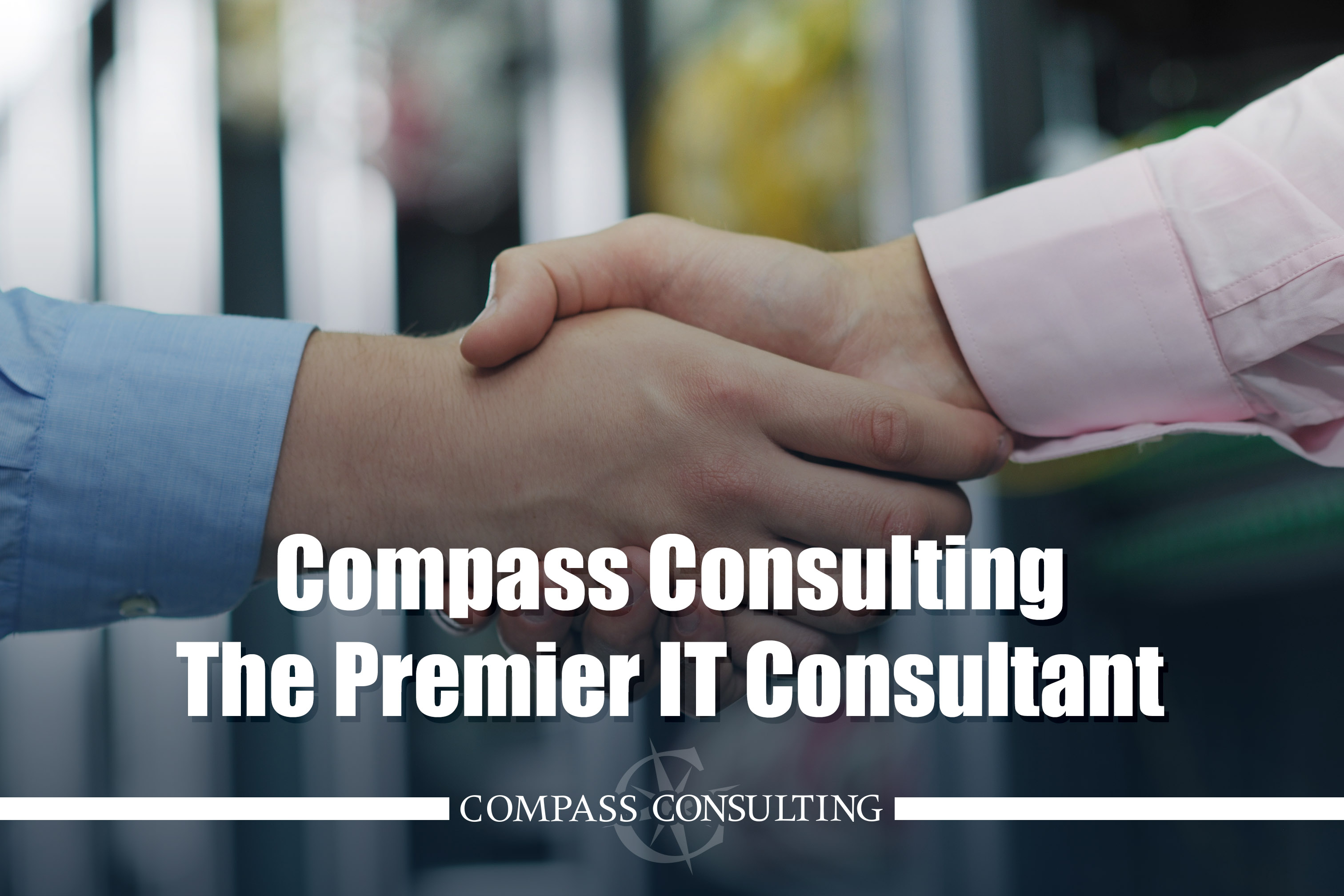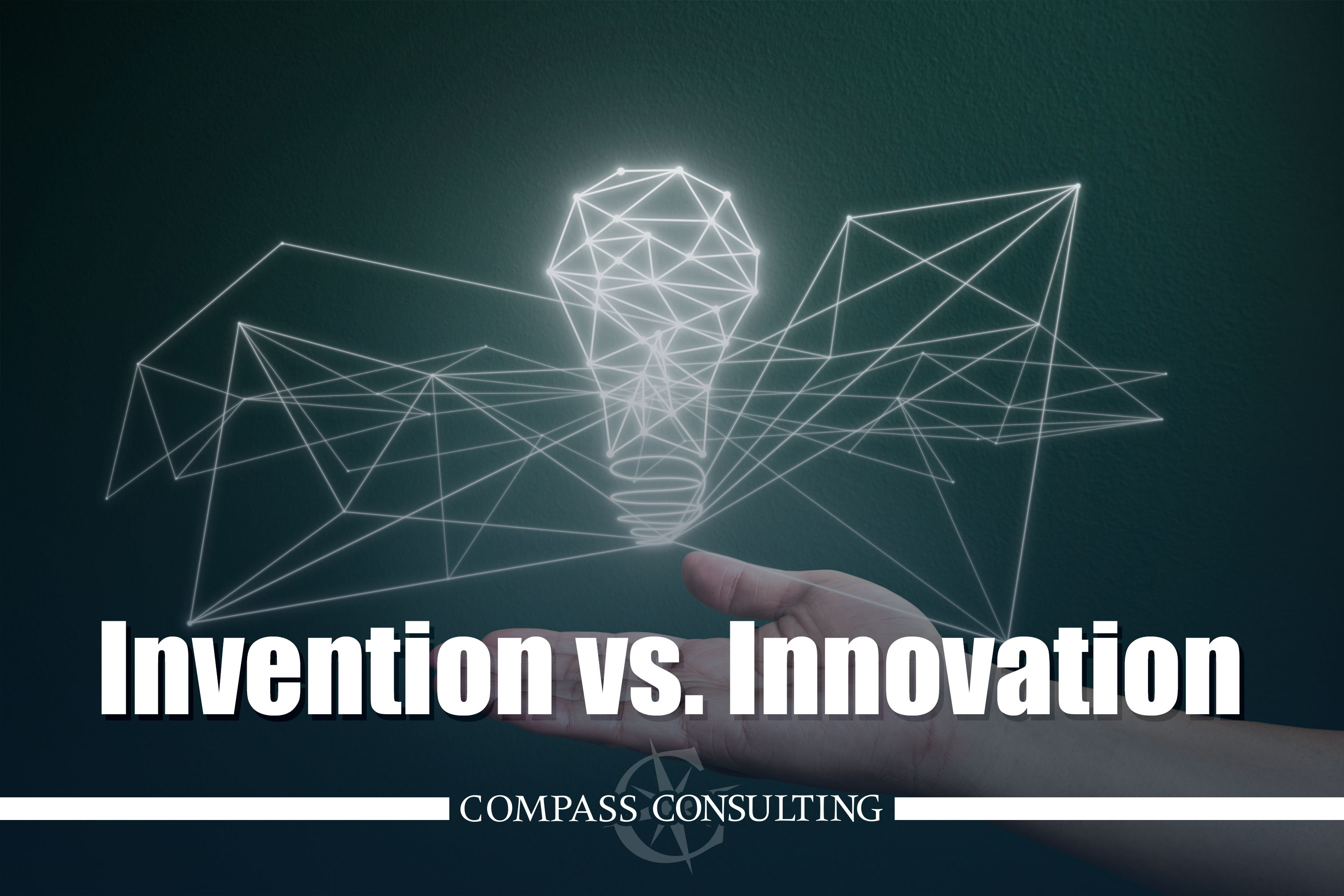There’s so much more to the computer in front of you than just the screen and keyboard. There is the cable that your computer is connected to, the wall it’s plugged into, the wifi that you’re connected to, the router that is plugged into the switch with an Ethernet cord, and so on. When you type something into the address bar in your browser, you type in a name and expect to see something pop up in front of you. Much more is happening behind the scenes that enables you to see that data you’re requesting—from the text you can read and how it’s displayed on the screen to the secure pathways the data traverses.
If something goes wrong with your computer or connection, the problem could be any number of things. Is your internet down? If so, is it down because of a local internet outage? Or maybe your power went out and the router needs to be reset? It could even be as simple as a cord being loose. So how is one supposed to know where to start to troubleshoot an issue as common as these?
The OSI Model is the first place IT professionals are trained to start.
What’s This OSI Model All About?
The OSI model (Open Systems Interconnection) is well known by all IT professionals, and is often referred to it by its seven layers. The OSI model characterizes computing functions into a universal set of rules and requirements in order to support interoperability between different products and software. The model uses these seven layers to help give a visual description of what is going on with a particular computing system (networking, hardware, software, etc.). Data must travel down the seven layers of the OSI model on the sending device and then travel up the seven layers on the receiving end. This model helps IT professionals efficiently and effectively troubleshoot a problem. Is it a physical issue, an application issue, or is it somewhere in between?
Why is this important? It’s not particularly interesting if you’re not working in the IT industry, so we decided to make a model that’s more relevant to products and services you’ll get from Compass Consulting – and delivered in a way that sets us apart from other IT providers.
1. Let’s Start from the Bottom
The first layer of the OSI model is the Physical layer. This involves the cabling that connects you to your network and the internet. As advanced as technology is, we still need cables, so it’s very important that your cabling is installed by professional, certified, and licensed cabling engineers. Our engineers test and certify all network and voice cables to ensure a fast and stable computing environment.
Also, in this layer, we think it’s important to note that when you work with Compass Consulting you get in-person interactions (Layer 1), something you just don’t get from other Managed Services Providers (MSPs). One of the best parts of working with us is the great people we hire. And you don’t just have to take our word for that; we have some wonderful testimonials so you can see what our clients have to say about us too.
Related Products/Services: Structured cabling (CAT5/6, Fiber). Design, consulting, installations, terminations, testing, and project management.
2. How About That Data?
The second layer of the model, the Datalink layer, is where we start transferring data and catch/correct errors.
Excellent communication leads to outstanding project outcomes. Projects succeed when all stakeholders involved are in the communications loop – or dare we say the ‘datalink’. With over two decades of large project management experience, Compass Consulting has developed and refined project management processes that ensure your entire team are intimately involved throughout the entire process – start to finish. Compass has a culture of teamwork, support, and communication that paves a smooth road from concept to completion.
Related Products/Services: Switches & Access Points. Design, consulting, WiFi site surveys, and new office buildouts.
3. All About Your Network
The third layer is the Network layer.
Our engineers specialize in cloud, hybrid, and on-premise network design, implementation and management. They have significant expertise in assessing, deploying and supporting network infrastructure technology from multiple vendors. Be it Windows, Linux, Solaris, Cisco, Fortinet, or SonicWALL, SANs and VPNs; our certified engineers can and will take the tough work of managing your network off of your desk. They will be thorough, aligning your operational goals and budget with a tailored solution that is right for your unique business.
Related Products/Services: Managed Switches, Routers, Firewalls, VoIP. Design, consulting, ISP Liaison.
4. Safety First
The fourth layer is the Transport layer. Similar to how layer 4 controls the reliability and error control for data connections, at Compass we focus on making sure you’re set up with a reliable and error free plan in case of a disaster. Clearly, it’s vital that you’re able to access your data, but it’s imperative that you have in place a reliable backup of that data and a tested recovery plan.
A business continuity plan (BCP) involves defining all risks that can affect your business’s operations, making it an important part of your risk management strategy. A disaster recovery plan (DRP) is a portion of your BCP. A disaster recovery plan (DRP) will document the procedures to protect and recover business IT infrastructure, data, and intellectual property in the event of a disaster. Disasters may include natural, environmental, cyber-attacks, and more. In the event of a disaster, it is imperative that your business is prepared and has a plan in place. The only good disaster is the one that you’re prepared for.
Related Products/Services: DR/BC, design and consultation, Annual testing of plans. Cloud Backups. Security services: Vulnerability scans, firewall implementations, audits.
5. Cloud Computing at Its Finest
The Session layer. If you haven’t heard about Compass XaaS yet, let us explain this exciting product.
With cloud computing solutions, such as Desktops-as-a-Service (DaaS), you simply log in and access your desktop from home just as you would at the office—you’ll experience the same desktop everywhere you go. As we all know, the COVID-19 pandemic has changed the way we work, and Desktops-as-a-Service is the perfect solution for your remote workforce.
So why else does XaaS work so well? You’re no longer spending excessive amounts of capital on physical server and network hardware that’s diminishing in value from the moment it’s implemented. Costly cyclical workstation replacement can be greatly extended or even eliminated with a BYOD (bring your own device) policy. And the indirect costs for energy consumption and office space requirements also are reduced. Capital expenditures are significantly reduced, and you’re left with predictable monthly operations expenditures. Your data is hosted in a secure location, in the cloud, available from anywhere, and it’s constantly being backed up. The programs you use are always current. By incorporating cloud-based Risk Management strategies and up-to-date security updates and patches, Compass can ensure your company the ultimate in business continuity, disaster recovery preparedness, and adherence to corporate governance requirements.
Related Products/Services: Everything-as-a-Service (XaaS). Thin clients. Work from home design, consultation, audit. Decentralize IT hardware.
6. Looks Totally Matter
Presentation, the penultimate layer.
When you use an app, a computer program, or a website, someone’s hard work went into writing the code that enables you to be able to access the data you need, or display your company’s products or information, make your website transition perfectly to a cell phone or tablet, and make sure that your end users have the smoothest experience possible.
Your great company or business idea needs to be reflected to your clients online. Whether you’re in need of a marketing website, content management system, or a web-based application, Compass Consulting has the experience and expertise to meet all of your needs. Our digital design department is staffed with incredibly artistic people who can generate a large variety of digital productions, including graphic design work, marketing collateral, social media content, ads, corporate videos, branding, photography, and so much more to help you get your company or start-up off the ground!
Related Products/Services: Citrix Virtual Apps and Virtual Desktops, Software Engineering, Web Development, Mobile Apps. Compatibility testing and re-development. Digital production and post-production.
7. Someone Built That
Last, but not least, the Application layer. This is the layer you are most familiar with, even though you may not know it!
Compass Consulting supports all business applications your company uses, from Microsoft Office Suite to that industry-specific app you’re using to manage your company.
We also provide custom programming: Utilizing the most current and industry-standard development platforms and tools, our team of software engineers design and develop custom solutions that are extensible, efficient, and tailored specifically to our clients’ unique businesses. We offer a complete range of custom website development, software engineering, and web design services utilizing the latest development technologies, including C#, ASP.NET, and MVC. Compass Consulting follows the Software Development Life Cycle model and applies project-appropriate development methodologies.
Related Products/Services: Office 365, Business Application management and maintenance (Microsoft Dynamics, QuickBooks, Quantum, Xactimate, Sage Accounting, etc.), software evaluation and procurement. Custom Development across multiple platforms: Web Apps, Mobile Apps, Windows Apps. Legacy app conversion.













